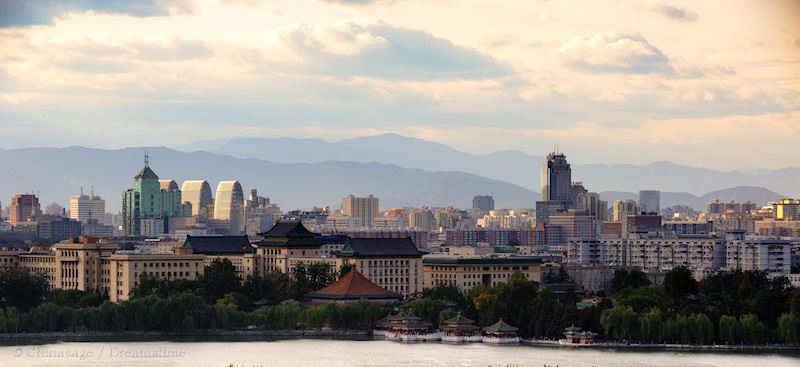Modern Chinese History
China's Neighbors The countries that surround China have an interesting history. Wars, conquest and religion have defined the current boundaries of the Peoples' Republic. India, Russia, Pakistan, Myanmar and Afghanistan all have important borders with China. Read more…
The building of China's railways The building of railways became a competitive scramble in the late 19th and early 20th century. Railways were seen as the key step to opening up inland China for trade. Britain, France, Germany, Japan and America all invested heavily in railway construction only for the the money to be lost in the following years of turmoil. Read more…
Modern Leaders The leadership of the People's Republic since 1949 has been one of stability with an emphasis on steady progress. With China such a major power it is important to understand the background to the handful of people who have led China in a new direction. Read more…
4th May 1919 The Chinese reaction to the Versailles Treaty was the major turning point in modern Chinese history. Widespread student protests throughout the country led to a change in government policy and a refusal to sign the treaty. It was a nationalist movement calling for solidarity against foreign exploitation that was eventually to lead to a militarized Guomindang as well as the foundation of the Chinese Communist Party. Read more…
Chinese Universities We include a comprehensive guide to the top Universities in China giving details of student numbers, location, ranking and a bit about their history. Read more…
咳 hāi sound of sighing 口 kǒu mouth radical 30, 亥 hài 12th earthly branch]Origin The mouth radical makes it a vocal utterance, 'hai' gives phonetic Full information for 咳
Best China Sights In this page we give information on the top attractions all over China to tempt you to explore further. Each attraction is clearly marked on a map and further information on each place is readily available. From furthest Heilongjiang to Hong Kong and Lhasa to Shanghai we have selected the top travel highlights. Read more…
Superpower China An in-depth overview of the position of China in the world and its likely future. Is China on track to become the leading world super-power as it once was? For thousands of years China was by any measure the top nation on Earth, and so it seems natural that after 150 years of turmoil China will become the leading country again. We speculate on what this might mean to China and the rest of the world. Read more…
Great Inventions The four great Chinese inventions are considered to be: paper; printing ; compass and gunpowder . Other key inventions include the abacus, iron casting, pasta, silk etc.. However the production of paper and then printing must be considered the most important of these. Read more…
Warring States The second part of the Zhou dynasty was known for incessant warfare between kingdoms. It was a time of great importance to China as the philosophical traditions were developed that went on to dominate Chinese thinking in the next two thousand years as it was the time of Confucius and Laozi. Read more…
The Peoples of China China although predominately populated with the Han Chinese , has over 100 million people identified as belonging to other ethnic minorities. However these people are concentrated in the less densely populated 'fringes' of China so may form the majority in some regions. Read more…
Britain and China - 18th century Back in the 17th the British view was of great admiration and respect for Chinese culture and civilization. Over the 18th century that view was to change to one of dismissal and denigration on both sides. Read more…
Chinese Chess The Chinese game of chess is rather different to the version used in the west. There are strong reasons to suppose that the Chinese game 象 棋 Read more…
The 13 Ming Tombs The tombs of the 13 Ming Emperors is one of the largest and most lavish burial complexes anywhere in the world. Like the Valley of the Kings in Egypt the tombs are scattered around a valley of 17 square miles but here only one tomb has been excavated and was found to be completely intact. Read more…
